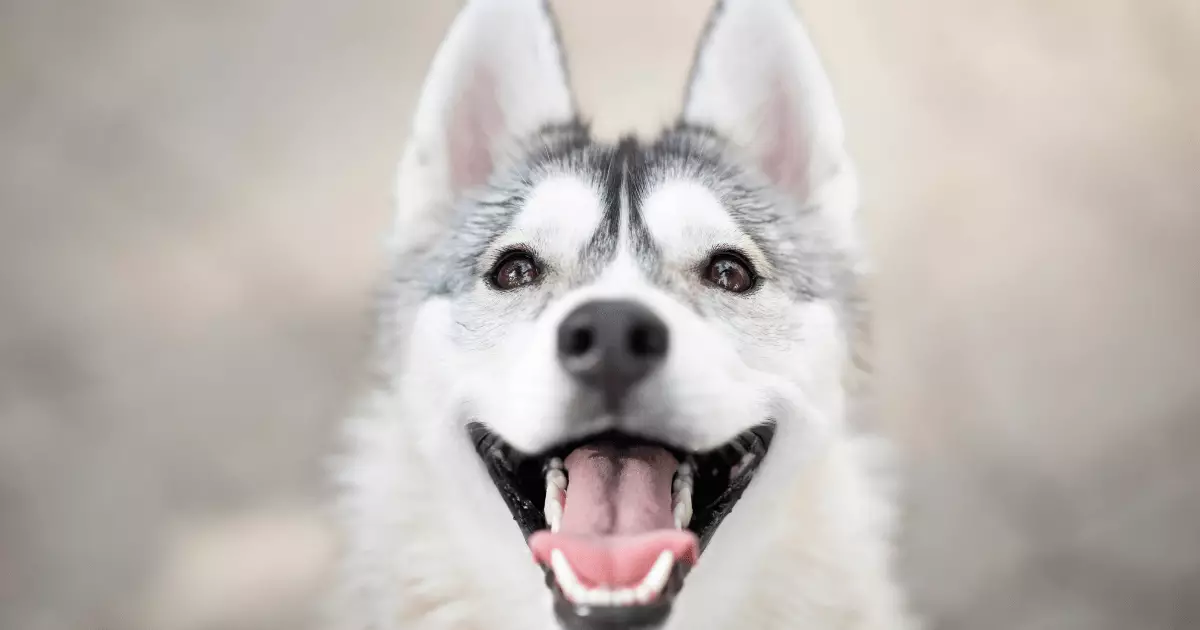As a first-time dog owner, you may find yourself inundated with questions about your new furry friend, particularly regarding their dental health. Understanding your dog’s teeth is crucial, not merely for aesthetic purposes but also for their overall well-being. Just like human babies, puppies enter the world toothless. However, between the ages of 3 to 4 weeks, they begin to develop their first set of teeth. This process culminates in a mouth full of 28 baby teeth, commonly referred to as “milk teeth,” by the time they’re around 3 to 5 months old.
Interestingly, the timeline for dental development can vary depending on the dog’s size. Smaller breeds may lag behind their larger counterparts, leading to an extended period before they transition into adult teeth. Thus, understanding your dog’s breed and size can help decode its dental journey.
The Tooth Fairy Society of Dogs
Much like children, puppies experience a rapid succession of tooth loss. Their incisors are typically the first to go, falling out around the 4-month mark. This is then followed by the canine teeth, which are lost at about 5 to 6 months of age. The teething process in dogs isn’t just a rite of passage; it is essential for their health. If any of their baby teeth remain stubbornly in place, they must be extracted by a veterinarian to avoid complications.
The eruption of premolars and molars generally occurs between 5 to 8 months, leading to the prized adult set of 42 permanent teeth. These include incisors (12), canines (4), premolars (16), and molars (10). It is fascinating to note that no matter the breed—small, medium, or large—all dogs are designed with the same robust collection of teeth. This uniformity refutes the myth that canine dental variance exists purely by breed.
Dental Health: A Non-Negotiable Priority
While dog owners often focus on feeding, exercise, and training, dental care can unfortunately fall by the wayside. However, neglecting a dog’s dental hygiene can have severe repercussions on their quality of life. Bad breath, loose or wiggly teeth, or even sudden tooth loss are warning signals that should never be ignored. These symptoms often indicate underlying dental disease or other medical issues, making it imperative for pet owners to consult a vet promptly.
The adage “prevention is better than cure” holds exceptionally true in the realm of canine dental care. Regular brushing, dental treats, and professional cleanings can help maintain your dog’s oral health, ultimately contributing to a longer, happier life. A proactive approach to dental hygiene not only ensures a sparkling smile but significantly enhances your pet’s quality of life.
In the end, being an informed dog owner means paying attention to a myriad of factors, including dental care. Raising a happy, healthy dog is a rewarding journey, and understanding their dental development and needs is an essential part of that adventure.

